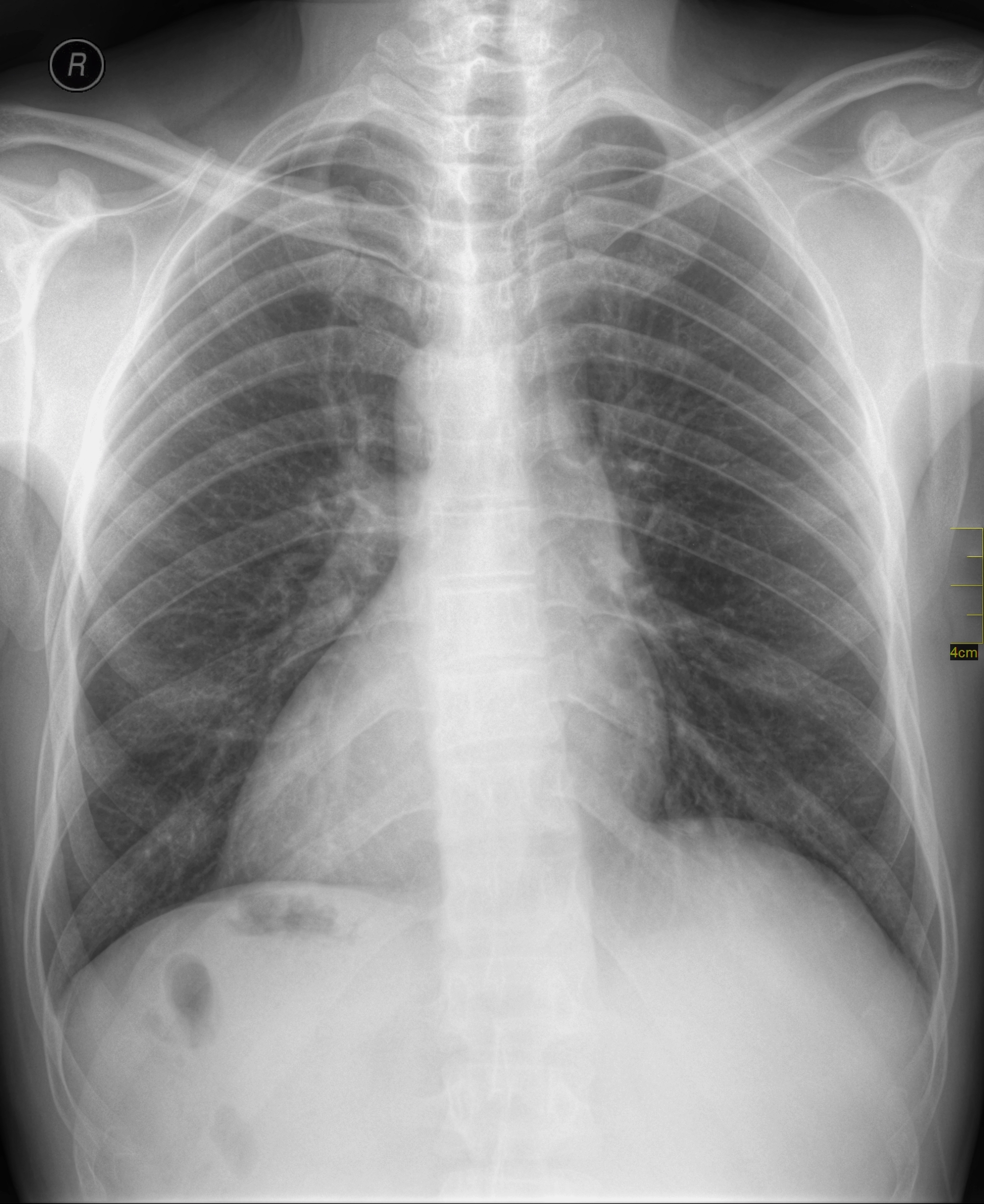Dextrocardia: Exploring the Unique Condition of Reversed Heart Positioning
Dextrocardia is a rare medical phenomenon where the heart is positioned on the right side of the chest instead of the left. While this condition might seem unusual, it offers insights into the complexity of human development and anatomy. In this comprehensive guide, we’ll delve into the different aspects of dextrocardia, from its causes and symptoms to its effects on heart function and available treatment options.

Types of Dextrocardia:
Understanding the Variations in Heart Positioning
Dextrocardia comes in two main variations: situs solitus and situs inversus. In situs solitus dextrocardia, the heart is flipped to the right while maintaining its normal positioning. In contrast, situs inversus dextrocardia involves not only a reversed heart but also a complete mirror-image reversal of other organs’ positions. These variations might sound complex, but they provide a unique perspective on the intricacies of the human body’s formation.
Unraveling the Causes and Development:
The Genetic and Developmental Factors at Play
The exact causes of dextrocardia are still under study, but genetic and developmental factors are thought to contribute. During fetal development, certain genes control the arrangement of organs, including the heart. Any disruption or alteration in this genetic program can lead to dextrocardia. Research also suggests that ciliary dysfunction, which affects the movement of tiny hair-like structures in the body, might play a role in the condition’s development.
Recognizing Symptoms and the Diagnostic Process:
Identifying Dextrocardia’s Unique Signs
While dextrocardia itself might not always present noticeable symptoms, certain clues can help identify the condition:
Heart Murmurs:
Physicians might detect heart murmurs during routine exams. These abnormal sounds can indicate altered blood flow due to the reversed heart position.
Respiratory Issues:
In situs inversus dextrocardia, lung positioning is also reversed. This can lead to respiratory issues and infections, often starting from childhood.
Fatigue:
Individuals with dextrocardia might experience fatigue due to the heart’s different positioning affecting blood circulation.
Diagnostic Methods:
Echocardiography, a non-invasive imaging technique, is commonly used to visualize the heart’s structure and assess blood flow patterns. Imaging tests like X-rays or CT scans can help confirm the heart’s positioning and check for any associated anomalies.
Electrocardiograms (ECGs):
ECGs measure the heart’s electrical activity and can help determine if the heart is functioning normally despite its unique positioning.
Genetic Testing:
In some cases, genetic testing might be recommended to identify any underlying genetic mutations contributing to dextrocardia.
Frequently Asked Questions (FAQs) About Dextrocardia
1. What is dextrocardia?
Dextrocardia is a rare condition where the heart is positioned on the right side of the chest instead of the left.
2. Are there different types of dextrocardia?
Yes, dextrocardia comes in two main types: situs solitus (heart on the right side) and situs inversus (heart and other organs mirror-reversed).
3. Is dextrocardia a genetic condition?
Genetic factors can contribute to dextrocardia, but the exact causes are still being studied.
4. Can dextrocardia cause symptoms?
While dextrocardia itself might not always cause symptoms, associated conditions or anomalies can lead to respiratory issues and fatigue.
5. How is dextrocardia diagnosed?
Diagnostic methods include echocardiography, X-rays, CT scans, and electrocardiograms (ECGs) to visualize heart position and function.
6. Can dextrocardia affect heart function?
Dextrocardia can alter blood flow patterns and potentially impact heart function, but many individuals lead normal lives.
7. Is dextrocardia treatable?
Treatment varies based on individual cases. Some might require medical management, while others lead unaffected lives.
8. Can individuals with dextrocardia engage in physical activities?
In most cases, individuals with dextrocardia can participate in physical activities with proper guidance and monitoring.
9. Is surgery necessary for dextrocardia?
Surgery might be needed to correct associated heart defects, but not all individuals with dextrocardia require surgery.
10. Can dextrocardia be detected before birth?
In some cases, prenatal ultrasound or fetal imaging might reveal dextrocardia during pregnancy.
Conclusion
we’ve delved into the different types of dextrocardia, its potential causes rooted in genetics and development, as well as the signs that might indicate its presence. The complexity of dextrocardia sheds light on the intricacies of human anatomy and serves as a reminder of the fascinating variations that can occur during fetal development.




